- Natural systems provide us the road-map for making sense of these confusing and befuddling times; they support us in seeing what is important to do right now and what our next steps could look like
- Sheltering in place and social distancing is distilled as a critical form of collective intelligence
- Ecosystems are a model for economic restructuring, the future is beautiful and bright if we shape it into being: we invite you to join us in co-creating a resilient, regionalized material culture
By Rebecca Burgess with photography by Paige Green
In a workshop sponsored by Fibershed in 2019 with soil ecologist Dr. Christine Jones, we learned that viruses are constantly raining down upon us. They are swept into the planetary boundary layer of the atmosphere from storms and ocean sprays. There are billions of viruses existing per square meter, swirling in winds 3,000 meters above us, and then eventually, they make their way to the earth’s surface. There are between one and five billion viruses in a milliliter of ocean water.
Most of the billions of virus interactions that we are having daily have no negative effects on our health: “So for every time you go swimming, just for the water you take into your mouth, you swallow more viruses than there are people in North America” said Curtis Suttle, a microbial ecologist from the University of British Columbia, in an interview with CBC Radio-Canada.
According to Suttle, viruses are also “responsible for a massive recirculation and recycling of nutrients that’s vital for biological productivity.” Without viruses, the ocean’s ecological web would collapse.
From sea-life to soil microbiology, exposure to viruses is a constant reality in our human lived experience. However, there are ways in which human societal design is not only exacerbating our exposure to novel viruses but providing the conditions for some viruses to spread more rapidly, and in turn, illuminating the fragile and brittle aspects of human economic life that have not been designed to harmonize and cooperate well with the laws of nature.
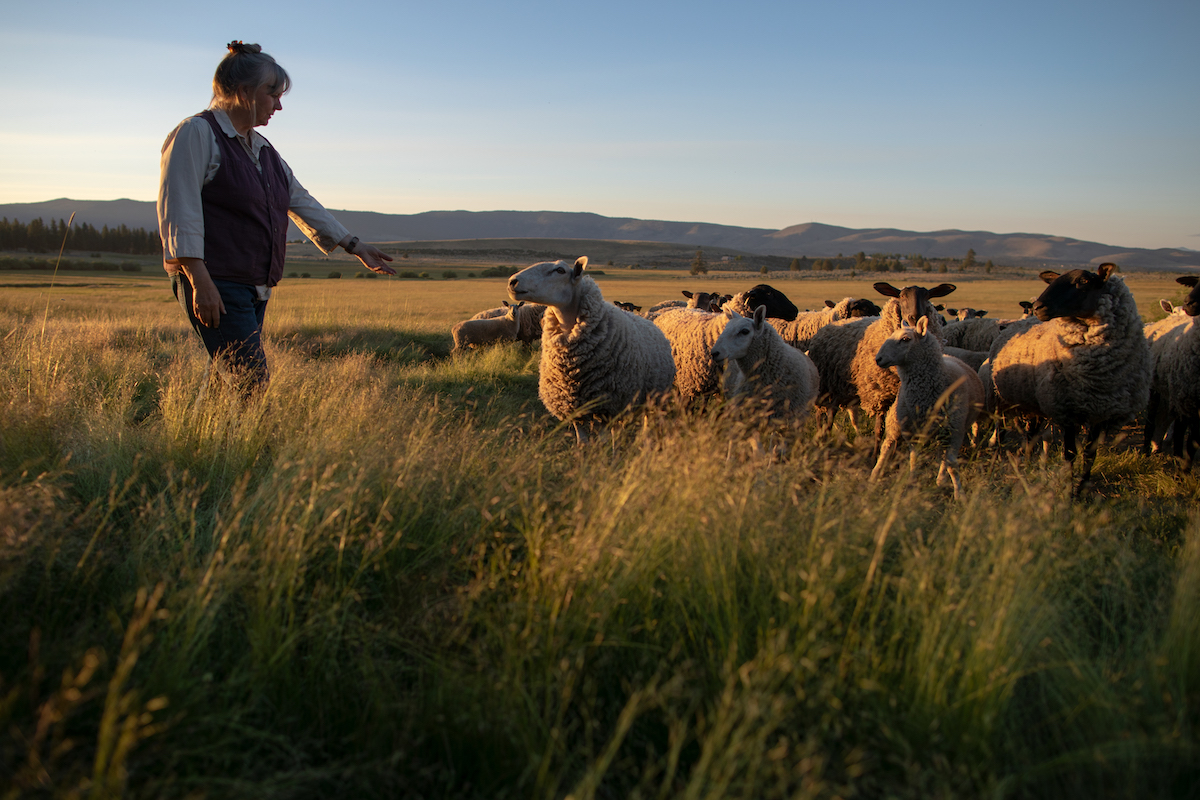
In a paper published in the journal Ecology and Society, titled “Pathogens, disease, and the social-ecological resilience of protected areas,” authors Alta De Vos and Graeme S. Cumming (et al.) discuss “Disease as a driver for change.” They point to the human influences across the globe that have fragmented natural habitats and put species, including human species, at risk of novel virus exposures.
“Our interface with wildlife is affected by land-use changes, activities such as logging/deforestation, the expansion of agriculture into previously undisturbed areas, and a massive trade in wildlife, all altering the normal circulation of viruses and shifting the composition, abundance, and behavior of viral reservoir species. These changes increase contact-rates between virus-carrying animals and humans (and vice versa),” wrote Nicholas A. Robinson and Christian Walzer, in a Scientific American article titled How do we Prevent the Next Outbreak.
The novel Coronavirus disease Covid-19 is amplifying both the ways that our cultural and economic lives are durable and resilient and the many, many ways in which we are utterly vulnerable and precarious. For those of us working for Fibershed, we are — more than ever — reminded of the value of our work with land stewards.
Within Fibershed’s carbon farming projects in Northern California (our headquarters), we work within a network of non-profit partners, farmers, ranchers, and grazers to research, plan, and implement practices that stitch together fragmented ecosystems and re-establish critical wildlife habitat within our working landscapes while drawing down the legacy load of carbon out of our atmosphere and into our soils. Hedgerows, silvopastures, beaver dam analogs that can help prepare landscapes for new beaver populations, holistic planned grazing, and riparian restoration are examples of practices that our producer network is engaged in as a way to build healthy soil within biologically diverse ecosystems providing food, fiber, and dye.

“Resilience… can be thought of as the ability of the social-ecological system to maintain key elements of its identity in space and time, through various perturbations and changes,” noted De Vos, Cumming, et al. in the “Pathogens” paper (referencing Cumming et al. 2005).
The authors continue: “It is important to note that resilience, as used here, does not imply that systems should bounce back to desired states after perturbations, but rather that they will persist with change in desirable states, manifesting as maintained identity.”
This translates to the reality that disruptions to systems are inevitable. Our long-term ability to exist will be defined by how well and how quickly we distill essential learning that will carry our society forward in the most humane and life-affirming way so that we reduce the catastrophic impact of the next disturbance.
Using ecology as our lens, Covid-19 provides us the opportunity to determine what aspects of our cultural and economic lives are resilient and necessary for carrying into the future—and furthers that question by asking us: What is our essential human identity?
When I checked in with Olivia Tincani, a business consultant based in Italy who provides support for Fibershed’s Producer Program, she reflected that: “Years of economic impact are ahead from Covid-19, and yet we are able to enjoy the clean mountain air that is radically, radically different, from the air we were breathing one month ago. The sounds are incredible, you can hear differently—it’s like being in the forest, there is no noise (except for occasional ambulances). We are in week five with no childcare and week three with total lockdown. This means you can only drive within 1 km for food; and the military police are conducting street checks.”
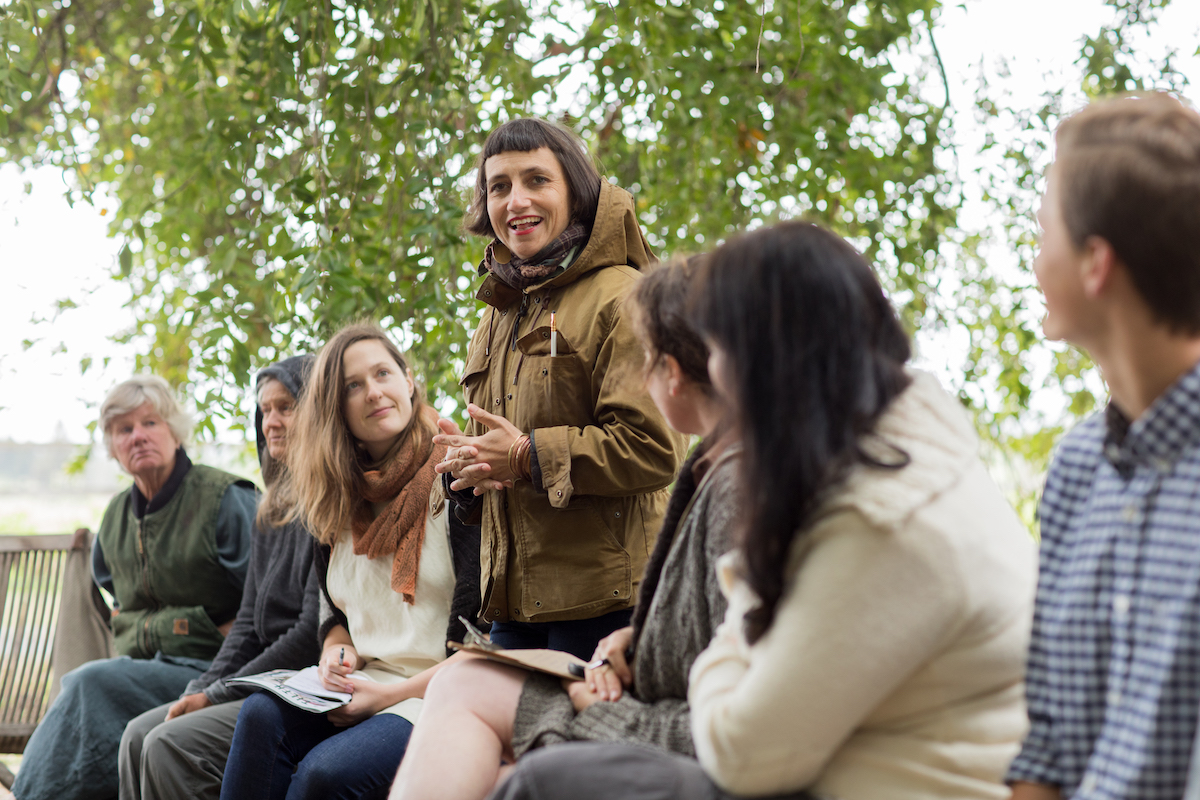
The protections that we are taking now to sustain our communities— social distancing, sheltering in place, and even the lockdowns — are expressions of the analysis, by our medical professionals and epidemiologists, of viral infections that have taken place for over a century. These measures are, in fact, a natural outcropping of human intelligence and are a method for maintaining our social-ecological identity.
“In 1918, the most effective class of non-pharmaceutical control measures to the influenza that is estimated to have killed 50 million people, were those that required social distancing: canceling public gatherings, closing places of worship, schools, bars, and restaurants, isolating the sick and quarantining those they came in contact with,” noted Sara Goudarzi in an article on how “Lessons from Past Outbreaks Could Help Fight the Coronavirus Pandemic.”
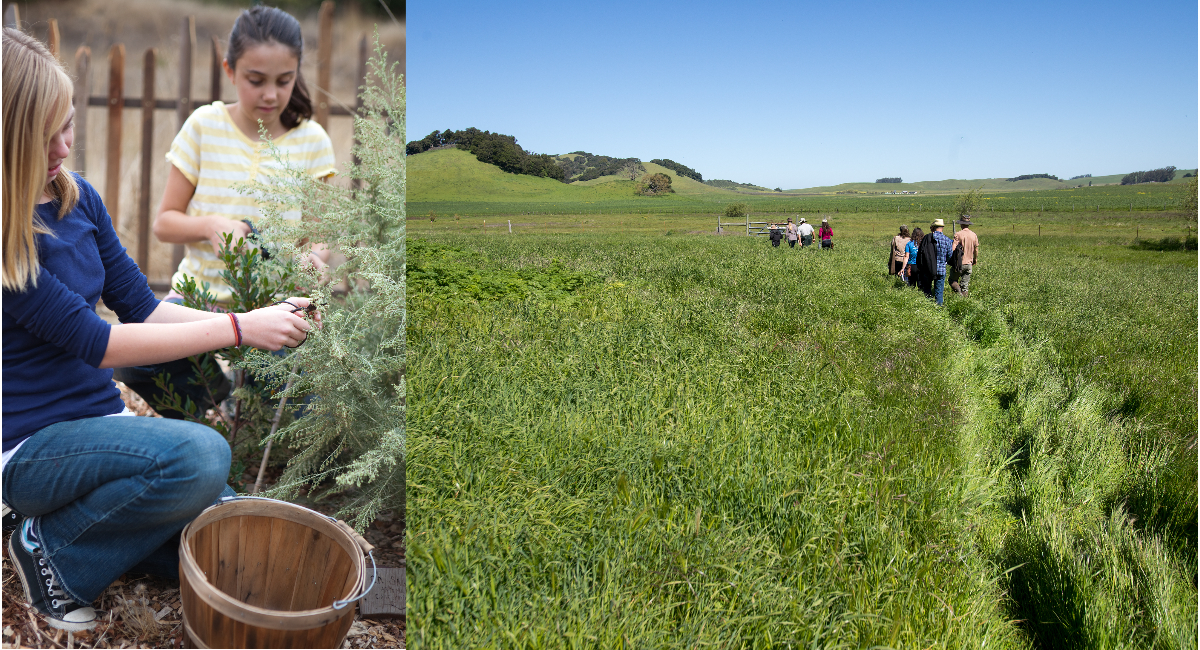
The measures we are taking to save lives are also uncovering a bright layer of life-enhancing planetary outcomes: In San Francisco, human economic activity has slowed due to a shelter in place that has lowered the average concentration of fine particulate matter in the air to levels almost 40% lower than the previous year. As the Press Democrat reported, “Pollution data suggests vehicle traffic declined about 70% across the Bay Area, the region’s air district estimates. A drop of that magnitude would cut carbon dioxide emissions by more than a quarter and nitrogen in the air we breathe by almost 40%… in addition to an estimated 20% drop in fine particulate matter produced by cars.”
The World Economic Forum shows how Nitrogen dioxide emissions — a potent pollutant from factories and tailpipes that also serves as a proxy for emissions overall — have dropped across both Italy and China as economic activity slowed during respective public health lockdowns. NBC reports that the restrictions on human economic activity have contributed to a 25% drop in China’s carbon dioxide emissions over four weeks that began in late January, compared to the same time during the last year, and that coal consumption at power plants fell by 36%. “This is the first time I have seen such a dramatic drop-off over such a wide area for a specific event,” said Fei Liu, an air quality researcher at NASA’s Goddard Space Flight Center, said in a statement this month.
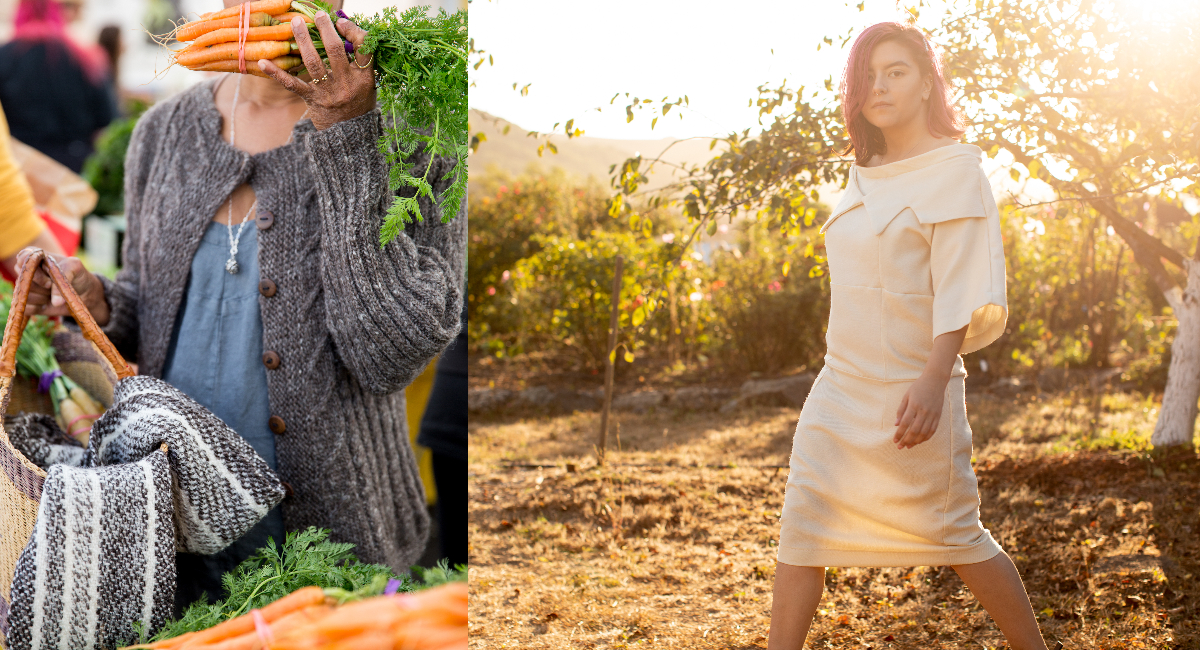
“This means that the virus will show how slowing and shutting down can produce a better environment which will surely be visible on a large scale… And this is where I am hopeful for: another and better system to be put in place with more respect for human labour and conditions,” shared Li Edelkoort, a world-renowned fashion forecaster, in an interview for Dezeen published earlier this month. She continued: “We will start up again with new rules and regulations, allowing countries to get back to their know-how and specific qualities, introducing cottage industries that would flourish and grow into an arts-and-crafts century, where manual labour is cherished above everything else.”
While there is a road to travel between Edelkoort’s forecasted future and the reality of now, we are walking down this road to thriving bioregional economies rooted in respect for ecological systems. Fibershed’s work to design and develop regional textile economies that regenerate natural systems is now ripening. To remain productive and profitable, human economic activity will need to focus on restoring and enhancing living systems. Fibershed has been designing these systems since 2013 and earlier this year launched the Regional Fiber Manufacturing Initiative to loft an ecosystem of grassroots regional textile businesses powered by renewable energy, governed by cooperative ownership, and based in agriculture that enhances soil carbon.
Imagine what the economic impacts would be right now if we were living in a world held together by a commitment to quality over quantity, the rights of labor, and a thriving environment and that this allegiance exceeded the efforts to chase the lowest price point at all costs? The impact of acting on these values and commitments would unleash the creative textile-making forces in every community.
What if our supply chains were in geographically tight hubs across the globe so that during a natural disaster, the communities least impacted could continue to function, providing us the time and resources to pick up the pieces of the community that has temporarily fallen? What if we took decentralization seriously and designed the way that nature does, creating systems based on planned redundancy and diversity?
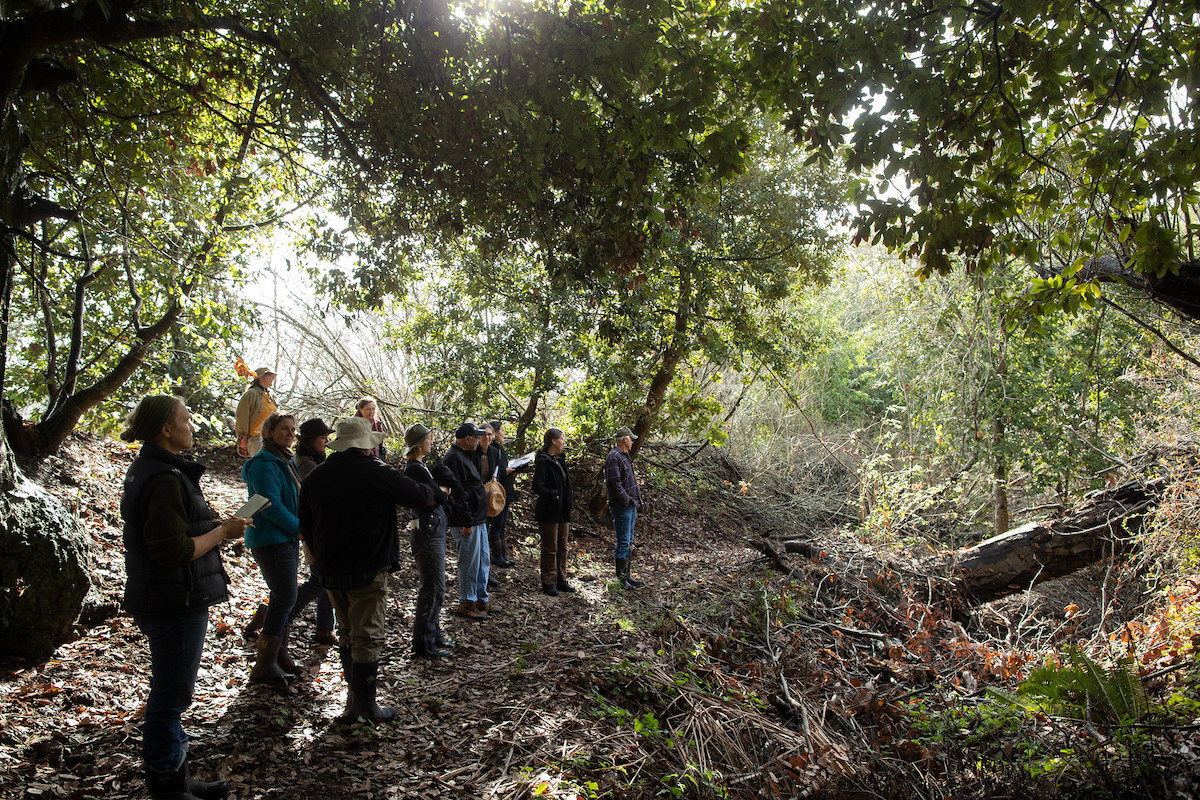
Paired together, redundancy and diversity are nature’s survival strategies. So why do we keep tending toward monocultures and monoliths? The only explanation for this backwards approach to systems design is that, in the so-called name of efficiency and price point, we’ve acquiesced our textile, food, and energy sovereignty to a small handful of entities that require centralization as a means to control how and where profits are directed while leaving the majority of humanity one paycheck away from experiencing unnatural and intolerable levels of vulnerability and risk.
There are 40 million garment workers worldwide, and at this moment, retail sales have all but halted due to attempts to stop the spread of the novel Coronavirus. The Associated Press reports that Western-owned brands have cancelled $2.7 Billion worth of orders from Bangladesh, leaving more than 2 Million workers to shoulder the loss.
On March 22nd, Rubana Huq, the president of the Bangladesh Garment Manufacturers and Exporters Association (BGMEA), released a video pleading with brands to find a solution in partnership with her community, saying, “Millions of your workers can hardly go days with no money–and forget months. When orders that are ready to ship are cancelled, you are crushing the factory. How do they pay for the fabric? How do they pay the workers? If fabric was imported, what about that factory and those workers? What about fabric that has been produced for orders that you no longer want? Most factories work on a month-to-month basis. If orders start to flow in June, many won’t get paid until the fall. Most factories do not have the reserves to float workers and expenses for that span. We must find a middle ground, a solution to get workers paid, a way to cover raw materials.”
The merciful request to treat the workers as “your workers” is a call to civility, however, the painful reality is that these are not the employees of the world’s largest textile brands. For decades, the trajectory has been for textile brands to increase the distance between themselves and their supply chains. Production, marketing, and consumption have become separate and overlapping economic spheres often hosted in different countries under different ownership. This separation of the industrial parts and pieces is why Huq is pleading to these companies, and it is also why this sector is not meeting targets for environmental responsibility. There’s simply not enough connective tissue between the brand culture and the making culture to execute meaningful change.
The Global Fashion Agenda’s chief sustainability officer, Morten Lehmann, told the American Apparel & Footwear Association Executive Summit that “40% of the industry is doing next to nothing on sustainability.” Sourcing Journal summarized that “the stagnation the sector has seen also has to do with ownership — neither end of the supply chain has taken the reins in driving sustainable change.” Lehmann asked: “Manufacturers are waiting for brands to do it, and brands are waiting for manufacturers to do it, so how do we make those connections?”

Lehmann continued to say, “The industry is not sustainable today. Today we are using one and a half planets in terms of resources, and we are looking at growth projections of 81 percent towards 2030. The gap between the sustainability performance and the growth of the industry is only growing wider.” Given this status, it is only natural that at some point, forces would collide to create a state change in this industry.
We certainly didn’t anticipate Covid-19, but here it is. The question now is: what is the social-cultural identity waiting to be born? What will the resilient system that emerges look like, and how can we shape it into being? Edelkoort paints a convincing future scenario where “local industries and activities would gain momentum, and people-based initiatives will take over with bartering systems and open tables, farmers markets and street events, dance and singing contests and a very dominant DIY aesthetic. My future forecast for the Age of the Amateur seems to come much faster than I anticipated.” In January, Edelkoort told the Guardian that the 2020s would be this Age where design “will be co-creation” and “people will be empowered to be more creative.”
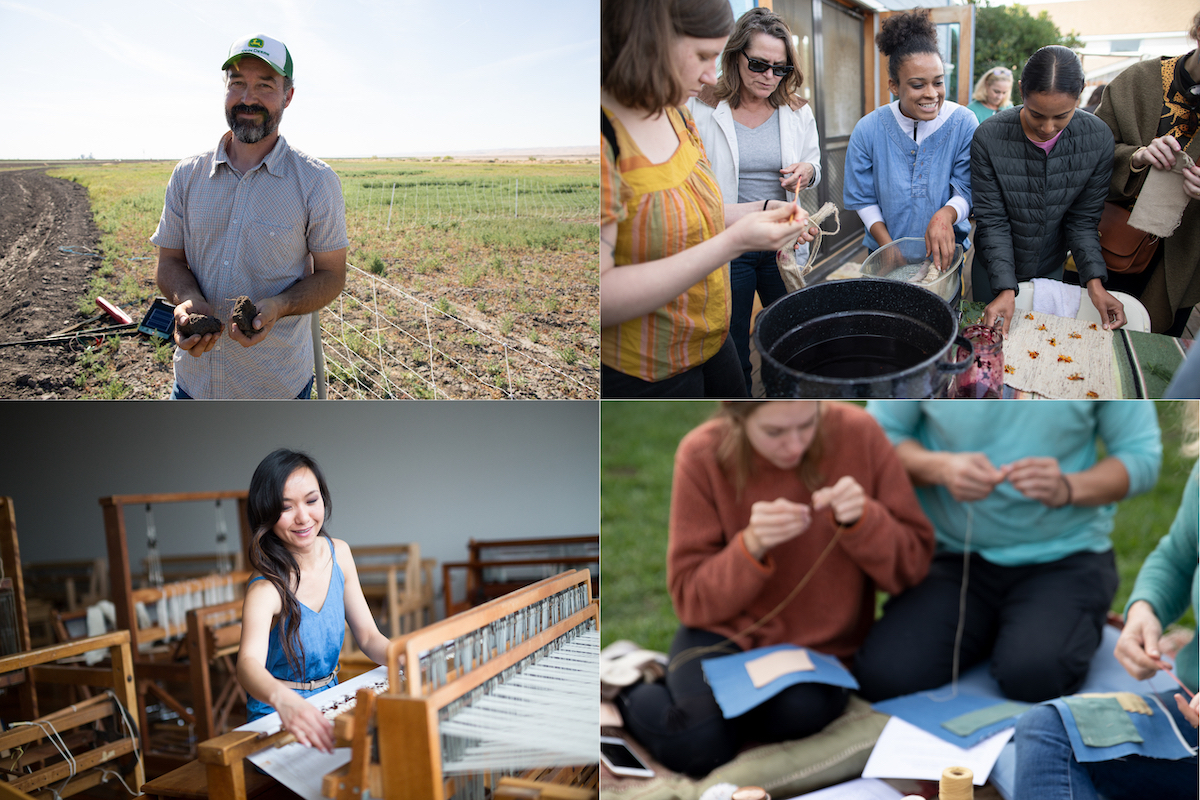
In an interview with NBC News, Jacqueline Klopp, the co-director of the Center for Sustainable Urban Development at Columbia University, said that “as we move to restart these economies, we need to use this moment to think about what we value,” she said. “Do we want to go back to the status quo, or do we want to tackle these big structural problems and restructure our economy and reduce emissions and pollution?”
Starting now: What can we do to co-create a resilient, regionalized material culture?
- Show your support for policies and direct actions that keep money and resources flowing directly to people during this crisis, let’s keep people afloat during this transition: One example is to donate directly to the garment workers, for example through the relief fund established by the Garment Worker Center of Los Angeles. Another way is to show your support for the effort to make sure clothing corporations take financial responsibility for their contracts: find out more about the #payupfashion call to action on social media and by viewing and sharing the Garment Workers’ Demands to Brands and Suppliers organized by the Asia Floor Wage Alliance.
- Keep safe, practice social distancing, and shelter in place if you’re asked — these public policies are focused on our wellbeing and serve us all. It could be a good time to mend, knit, sew, and start a dye garden: there are many ways to show up and strengthen your regional fiber system while sheltering in place.
- Support the artists and farmers in your home community and keep your favorite makers and designers afloat who have a track record of transparency and fairness– vote for the businesses and organizations that you want to see make it through this crisis. In Northern California, the Fibershed Marketplace is open for online shopping to bring fiber and dye supplies into your hands and home; visit our Fibershed Affiliate Directory to connect with your nearest community organizing in support of soil to soil fiber and dye systems.
- Join us in reflecting on inspiration for what’s on the horizon:
Green Jobs are the Answer to the Corona Virus Recession
Trend Forecastor Li Edelkoort on Why Doing Less is More
